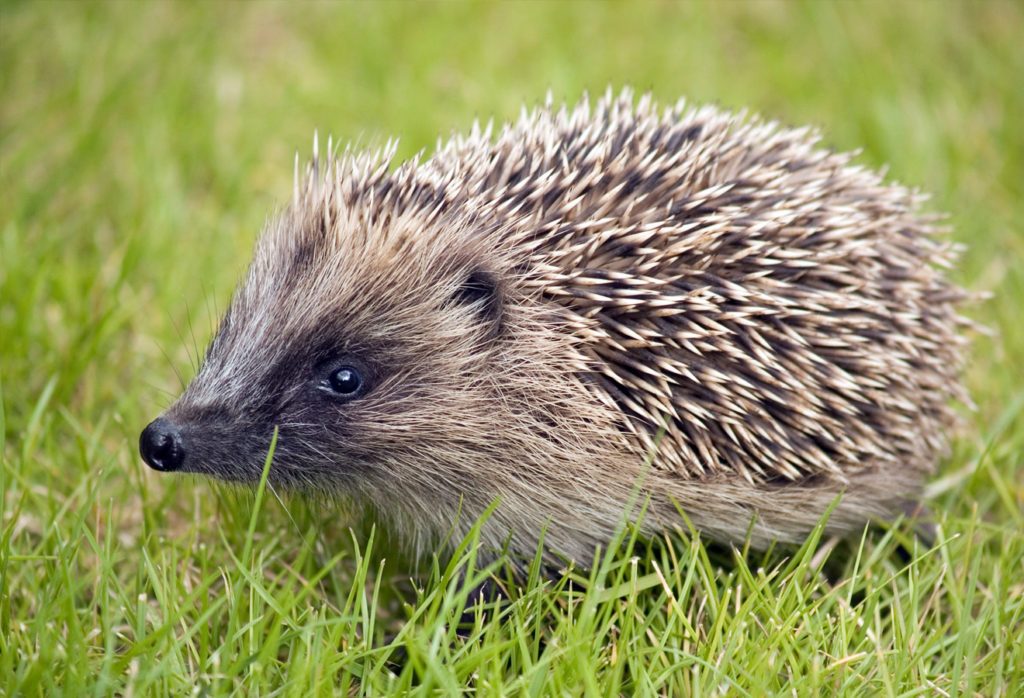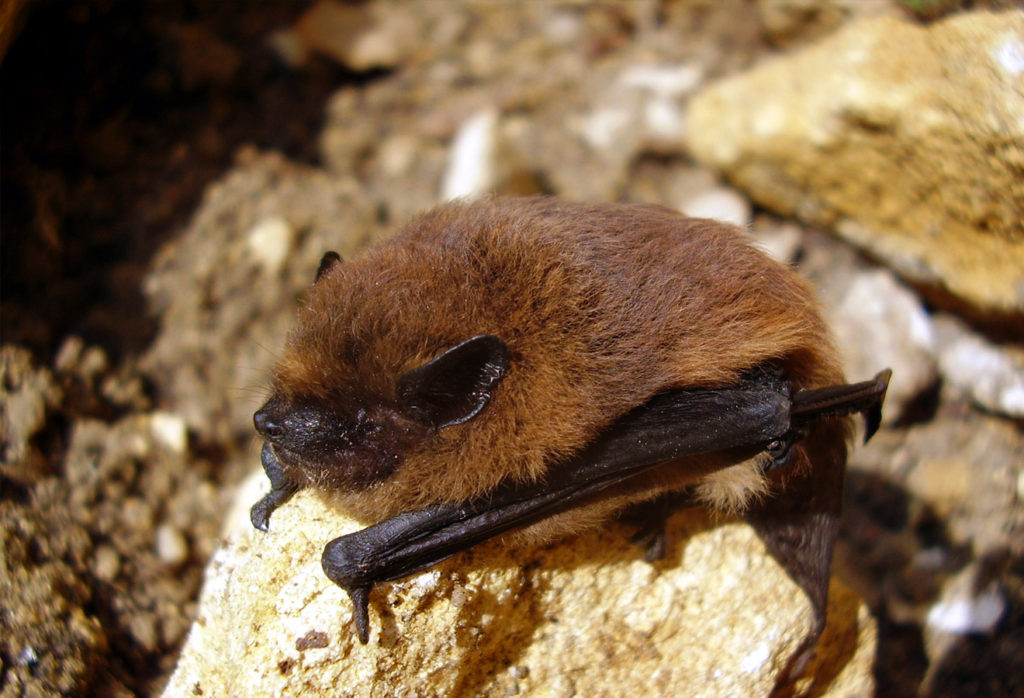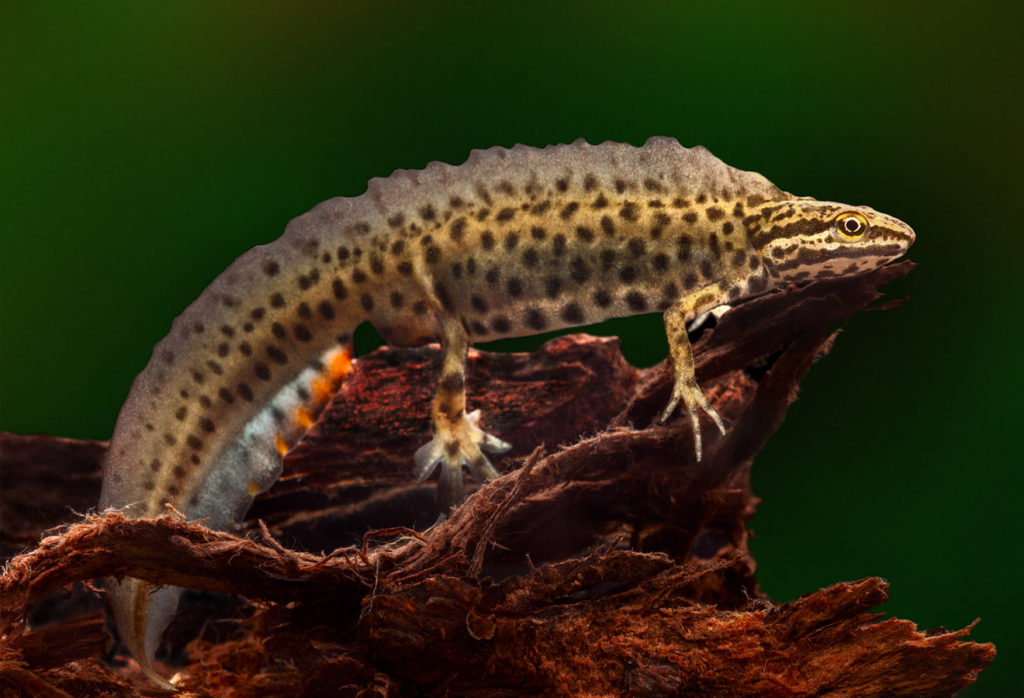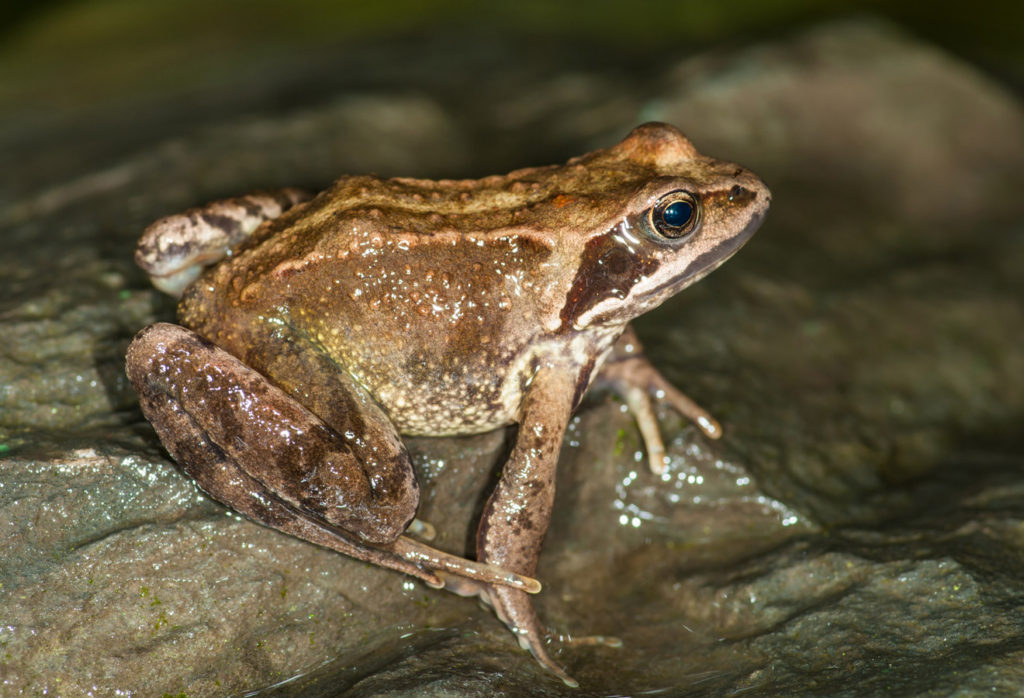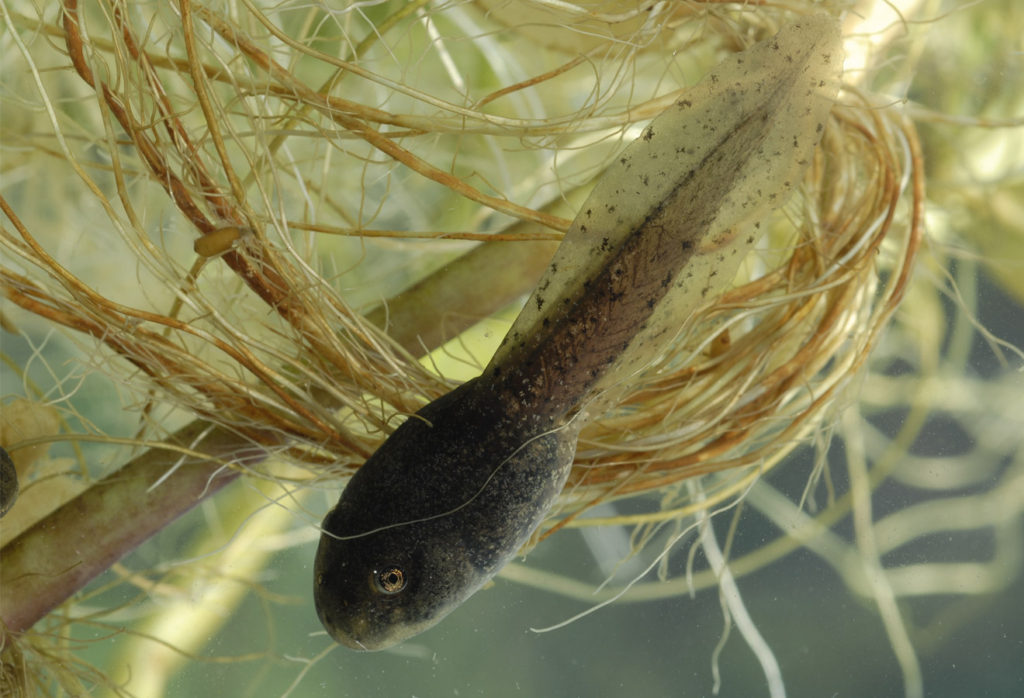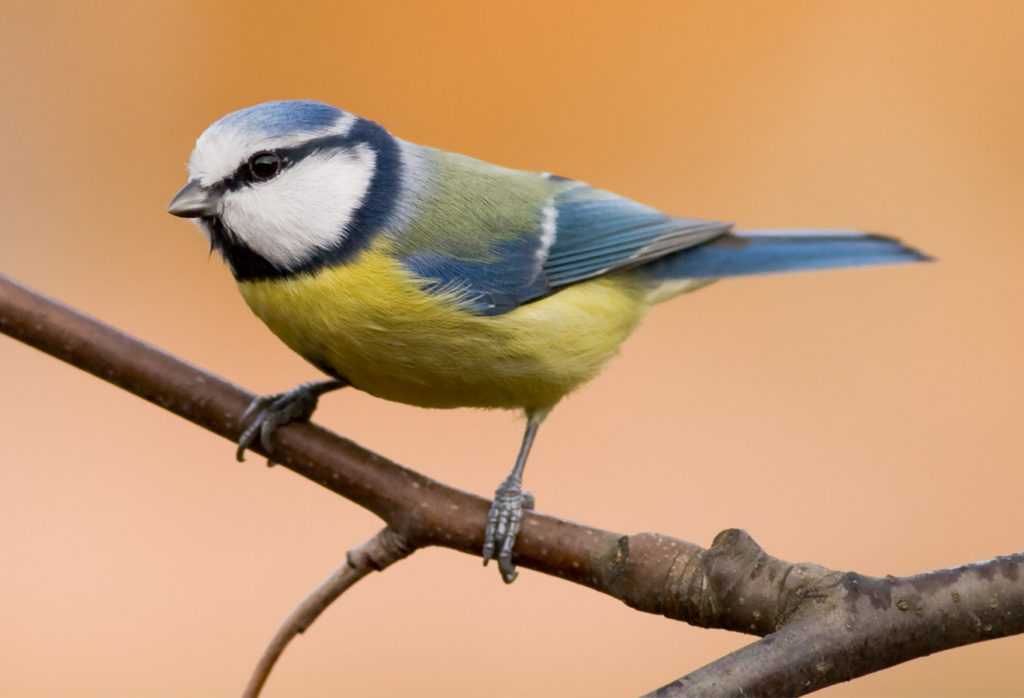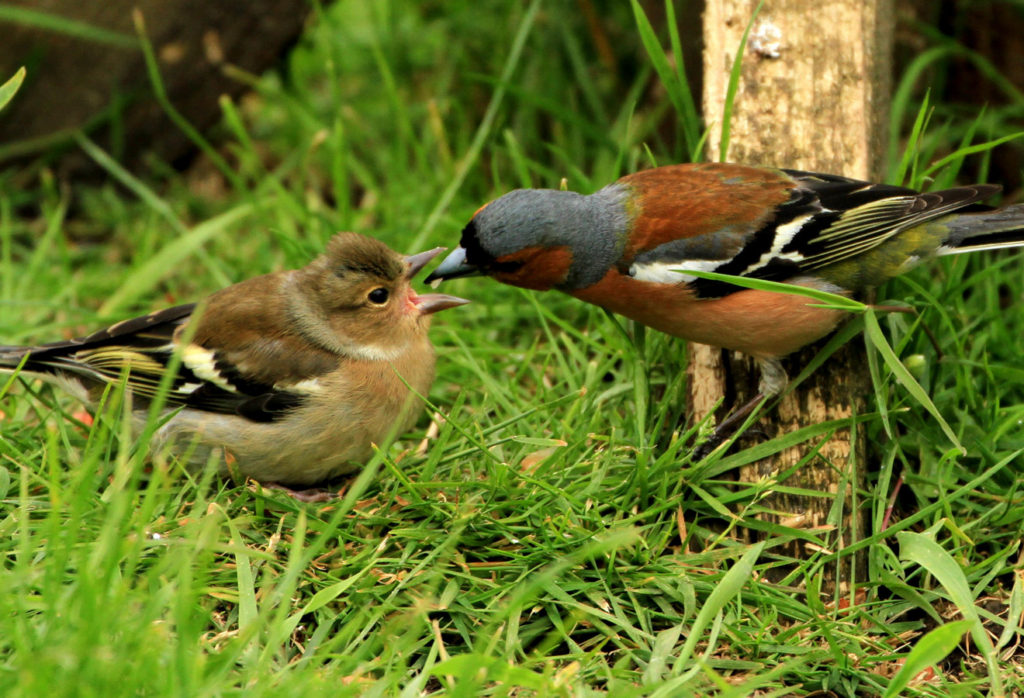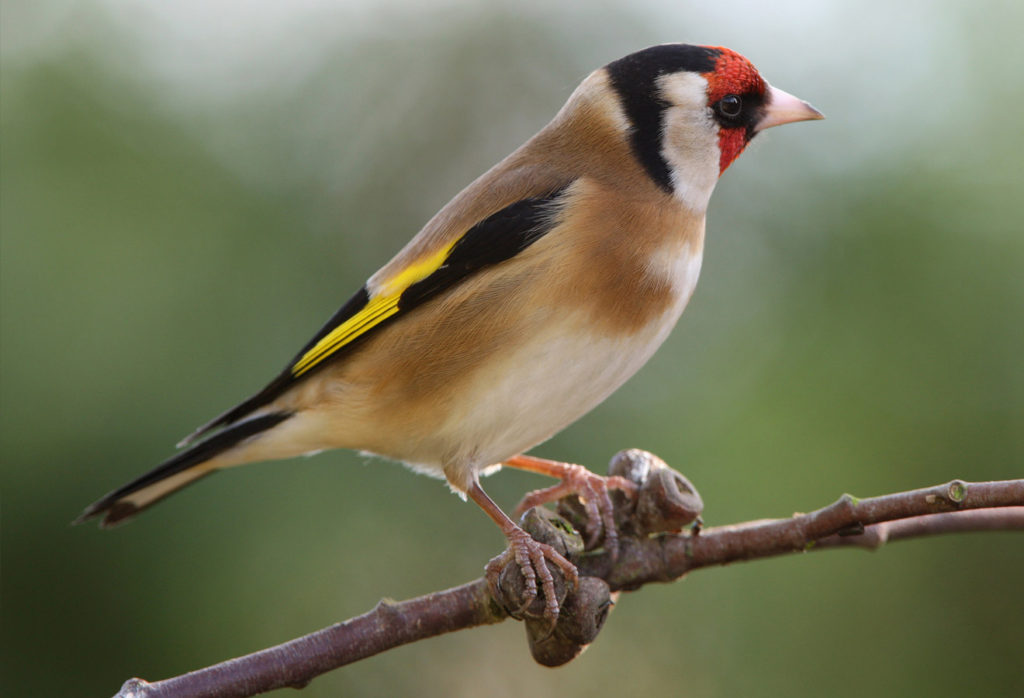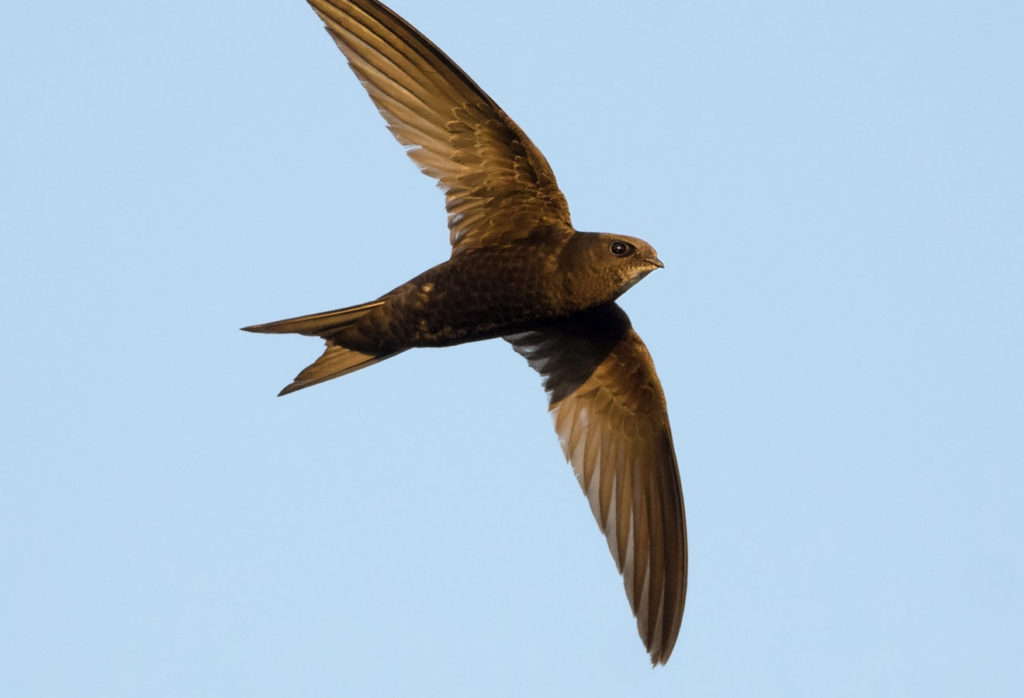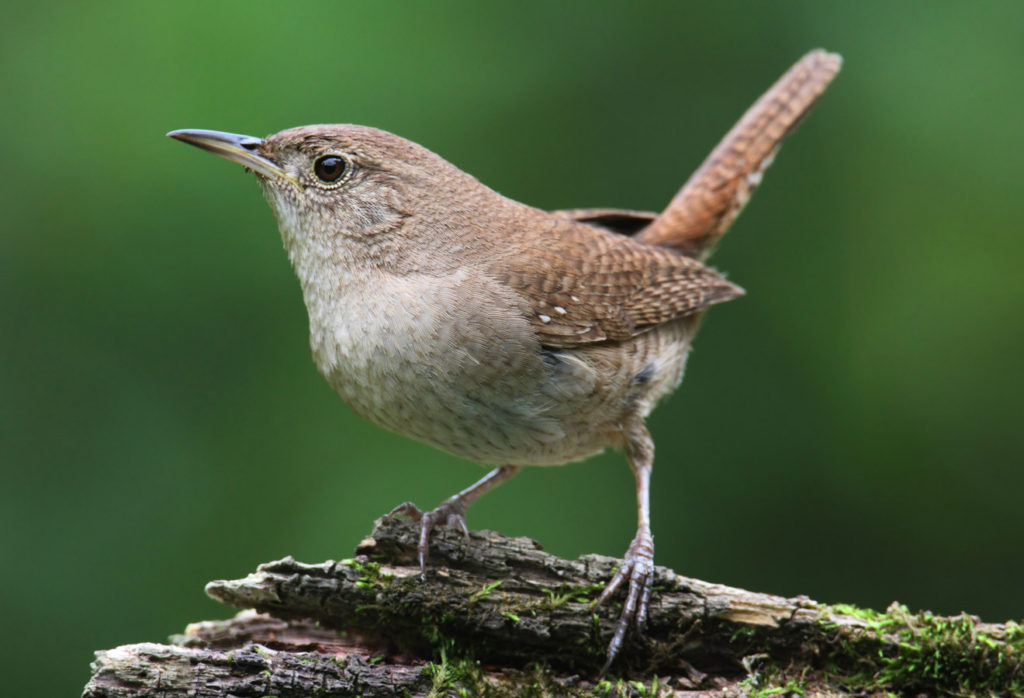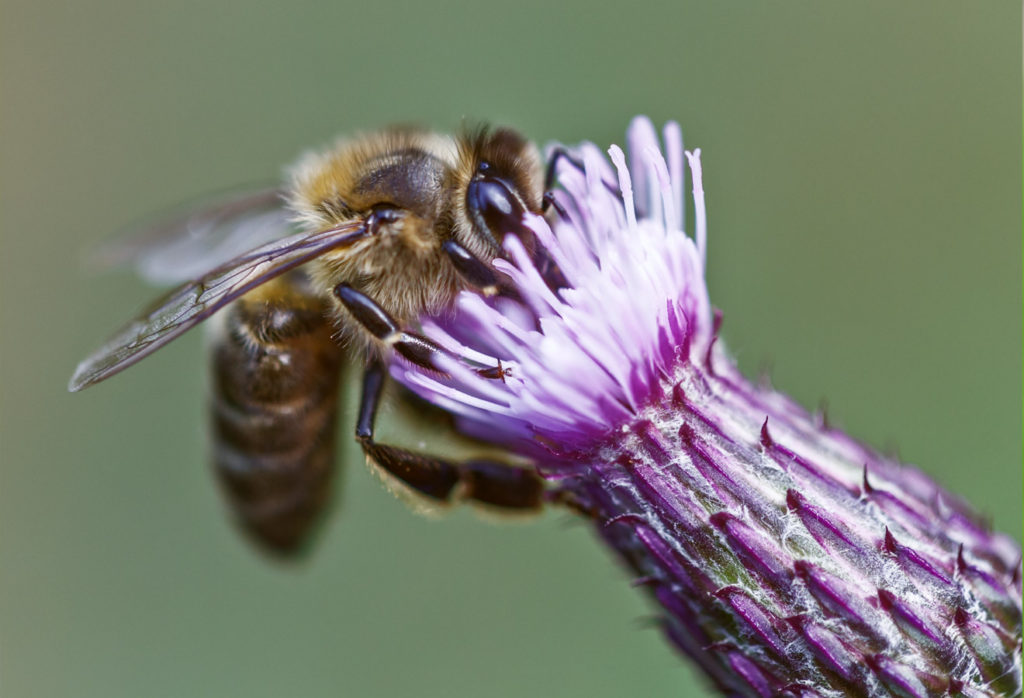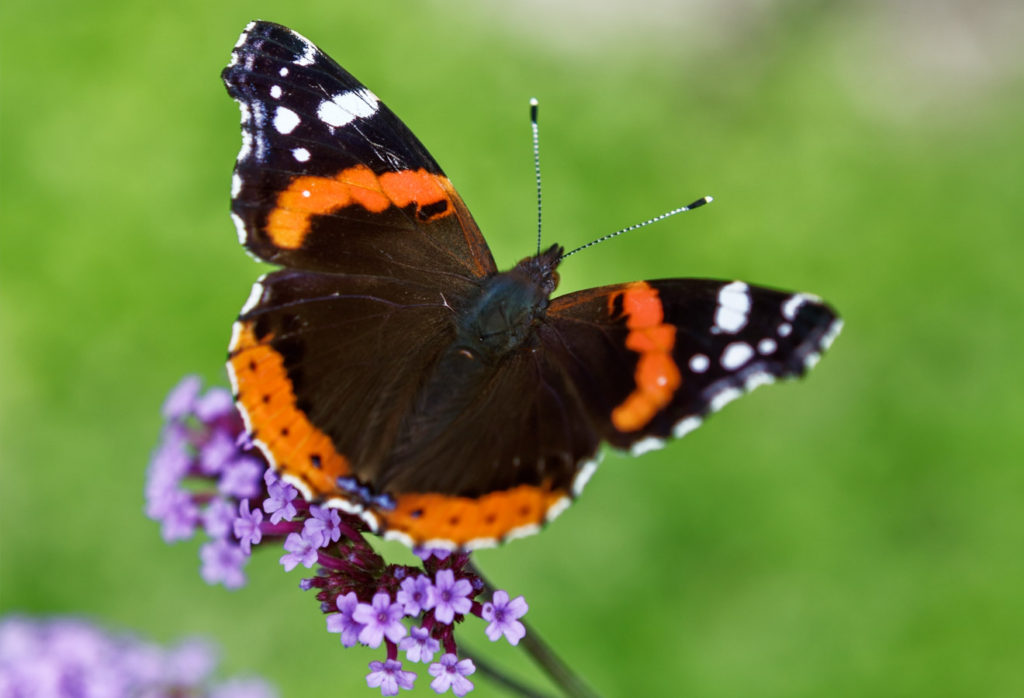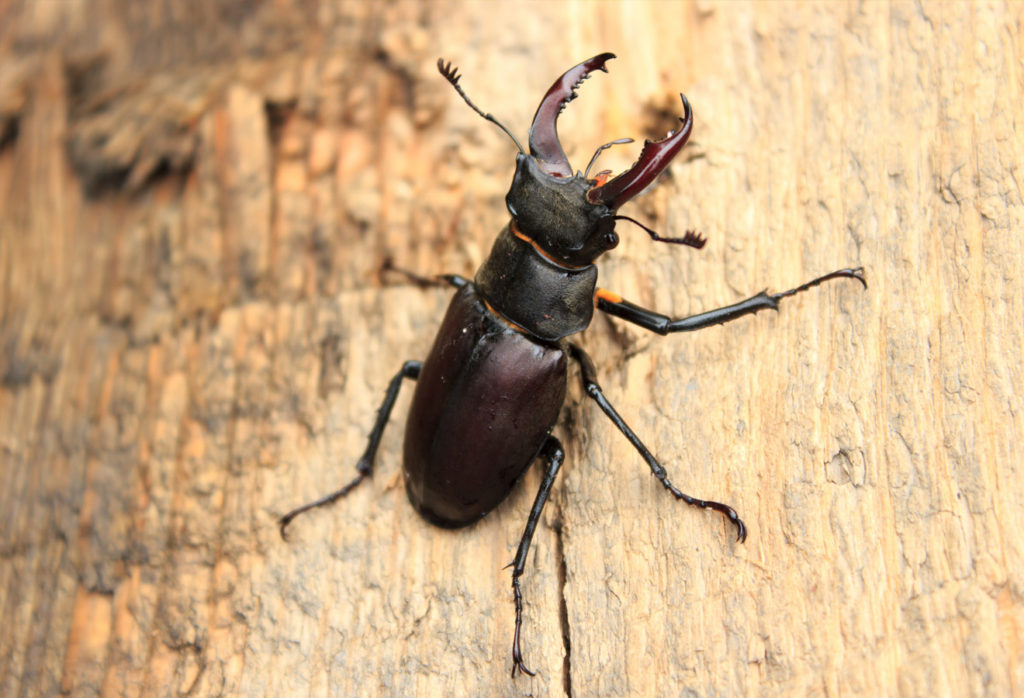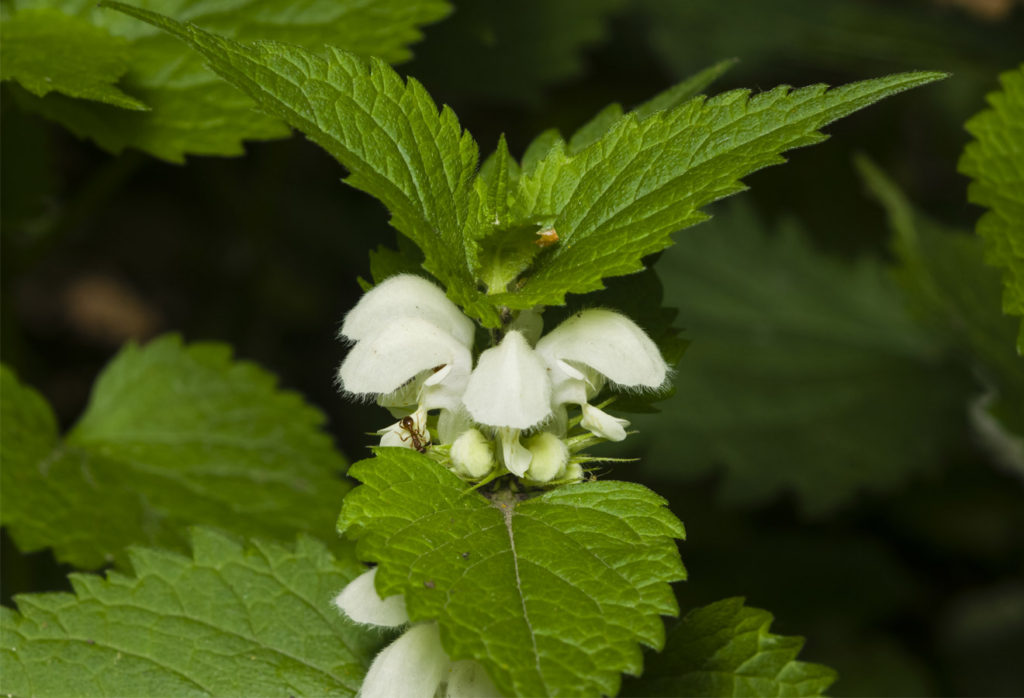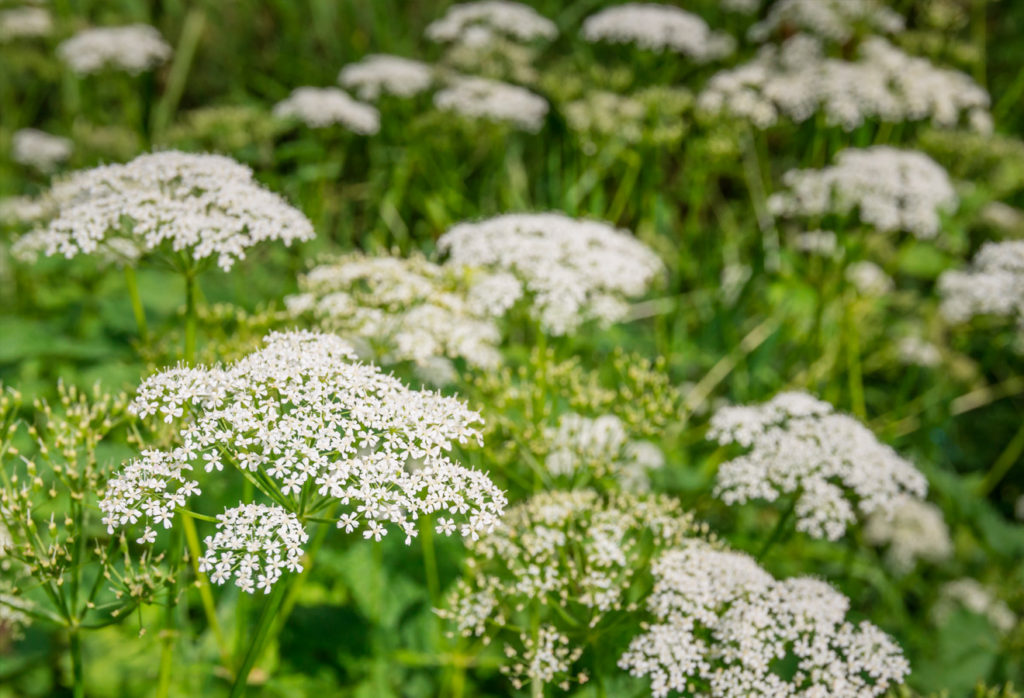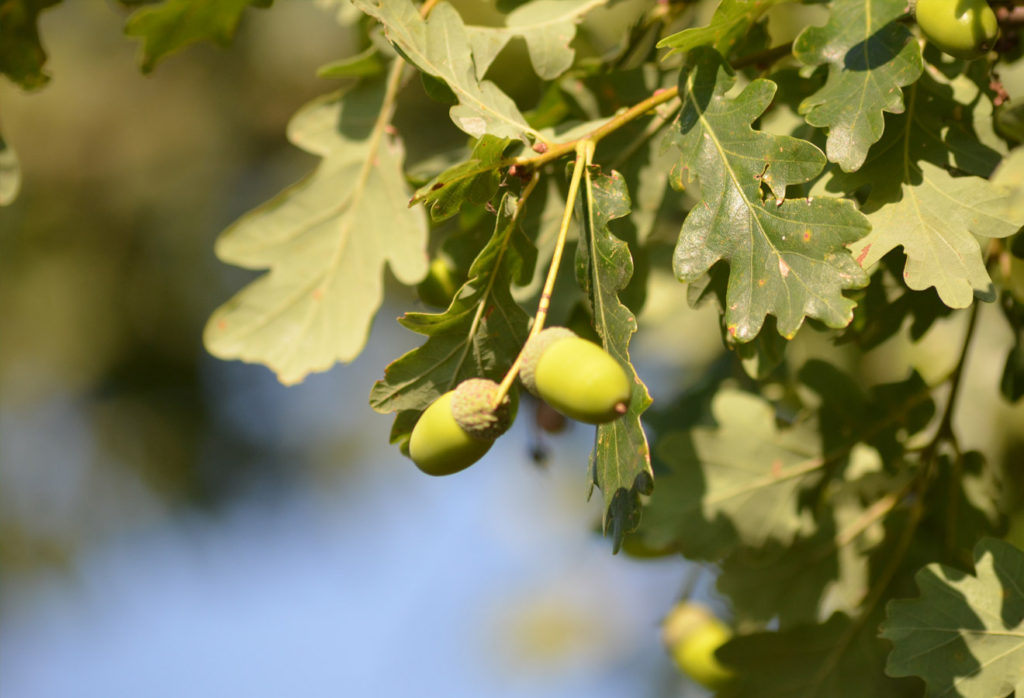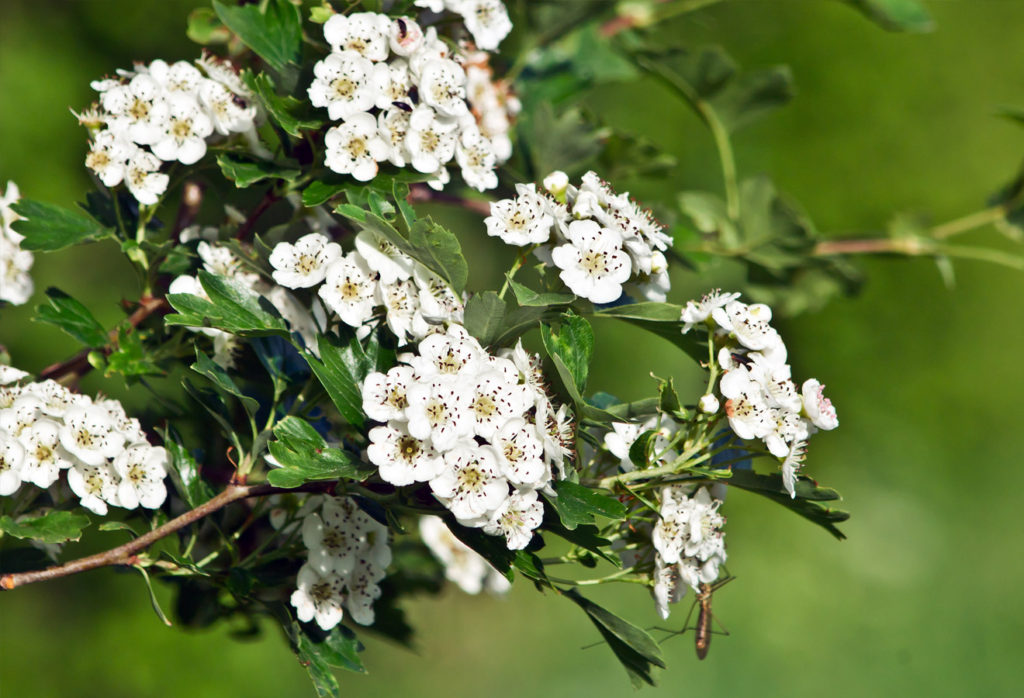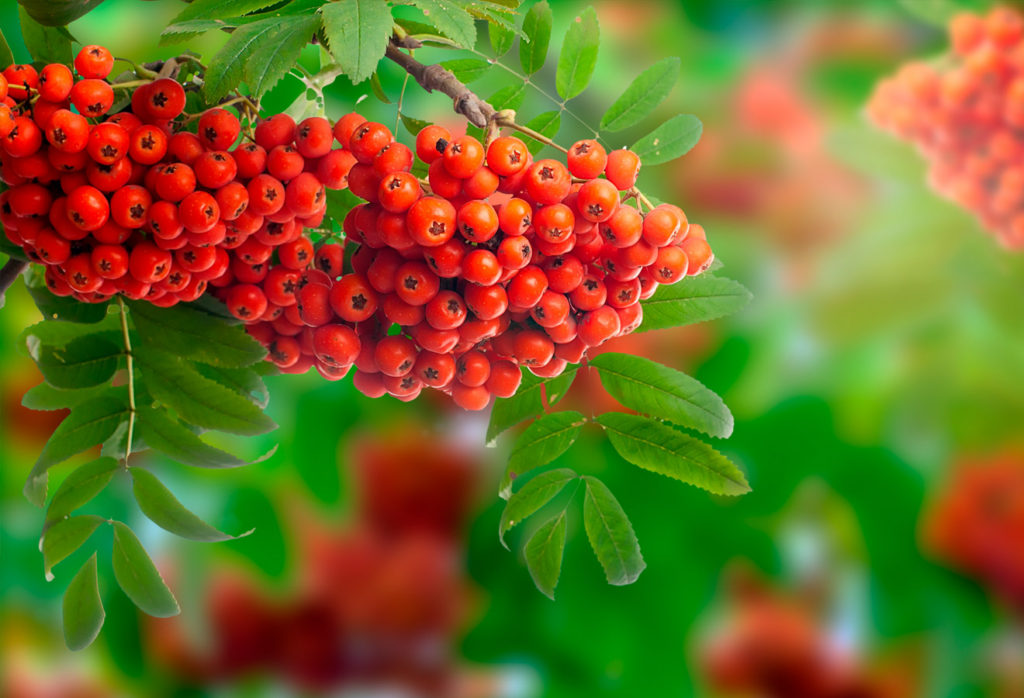Plants and animals
The Rec is home to a wide range of amphibians, insects, birds and mammals – including three species of bat. It also offers an increasingly rich habitat as the work on planting native species of bulbs, shrubs and trees continues.
For such a small area, Conway Rec has a large amount of biodiversity…
Mammals
Mammals are represented by the grey squirrel, fox and bats. We believe there are three types of bat resident in the Rec; the common pipistrelle is one and more research is needed to establish which other species are present.
As you walk through the Rec, look out for the bat-boxes we have put in some of the trees. The best time to see the bats is on warm summer evenings as they fly low over the pond feeding on insects. Find out more about British bats.
Amphibians
Other creatures that call the pond home include three types of amphibian: the common frog, common toad and common (or smooth) newt. Frogs and toads are only regularly seen in the spring when they come to the pond to spawn. The rest of the year they spend in the surrounding gardens. Newts are in the pond from early spring until mid-summer. If you are patient and watch the water you may see them coming to the surface to breath. All three hibernate during the winter. Find out more about British frogs.
Birdlife
Birds are well represented thanks to the wide range of different habitats within the Rec. The large oaks are home to greater spotted woodpecker, nuthatch, members of the tit family and a noisy resident crows. Owls have been heard calling but are rarely seen. The open grass areas are popular with starlings, blackbirds and you may see a green woodpecker feeding on ants.
Around the tennis courts we have installed a new hedge of mixed native bushes. This area is popular with finches and tits. You might spot greenfinch, goldfinch, chaffinch and blue, great, coal and long-tailed tits. The pond is home to our resident moorhen family plus visitors such as mallards, tufted ducks and herons. Swifts can sometimes be seen skimming the water in search of insects. Find out more about British birds.
Insects
During the summer large numbers of dragonflies and damselflies appear to lay their eggs in the water. The nymphs that hatch from these eggs spend their lives in the pond, sometimes for many months before climbing up the reeds and changing to fully formed adults.
Plants and Trees
The grassy slopes in Conway Rec are mowed regularly, though some are left until spring flowers finish. A few areas – including the pond bank – are left a little untamed, so wild flowers can thrive.
More than 90% of UK wild flowers have been lost since the Second World War, so we need to protect those we have left. In the Rec we have about 50 varieties, including hawkweed, cow parsley, forget-me-not, evening primrose, buttercup, mallow, alkanet and poppy. These plants support insects and spiders, which provide food for birds and small mammals.
The pond supports a wide range of plants and weeds too, and with our little islands we’ve established a variety of water plants -- among them, bulrushes, waterlily, yellow flag iris, marsh marigold and potamogeton – to complement the other plant life in the pond. This vegetation offers birds and small creatures food and cover for nesting too.
Our hedges provide seeds and fruit to feed birds and insects. We have native trees and shrubs like rowan, blackthorn, hawthorn, dog rose, elder, alder, hazel and yew.
The oaks in the Rec are about 250 years old and were once part of the Great Forest of Middlesex, along with the oaks of Broomfield and The Minchenden Oak in Southgate. Holly and elder grow wild too, and many alder seedlings can be seen in and around the pond.
Thousands of small creatures live in the leaves and bark of each tree: bugs and aphids, boring weevils, bark-eating beetles, spiders, earwigs, bark-lice, crickets, hornets, lacewings and around two hundred varieties of caterpillar.


